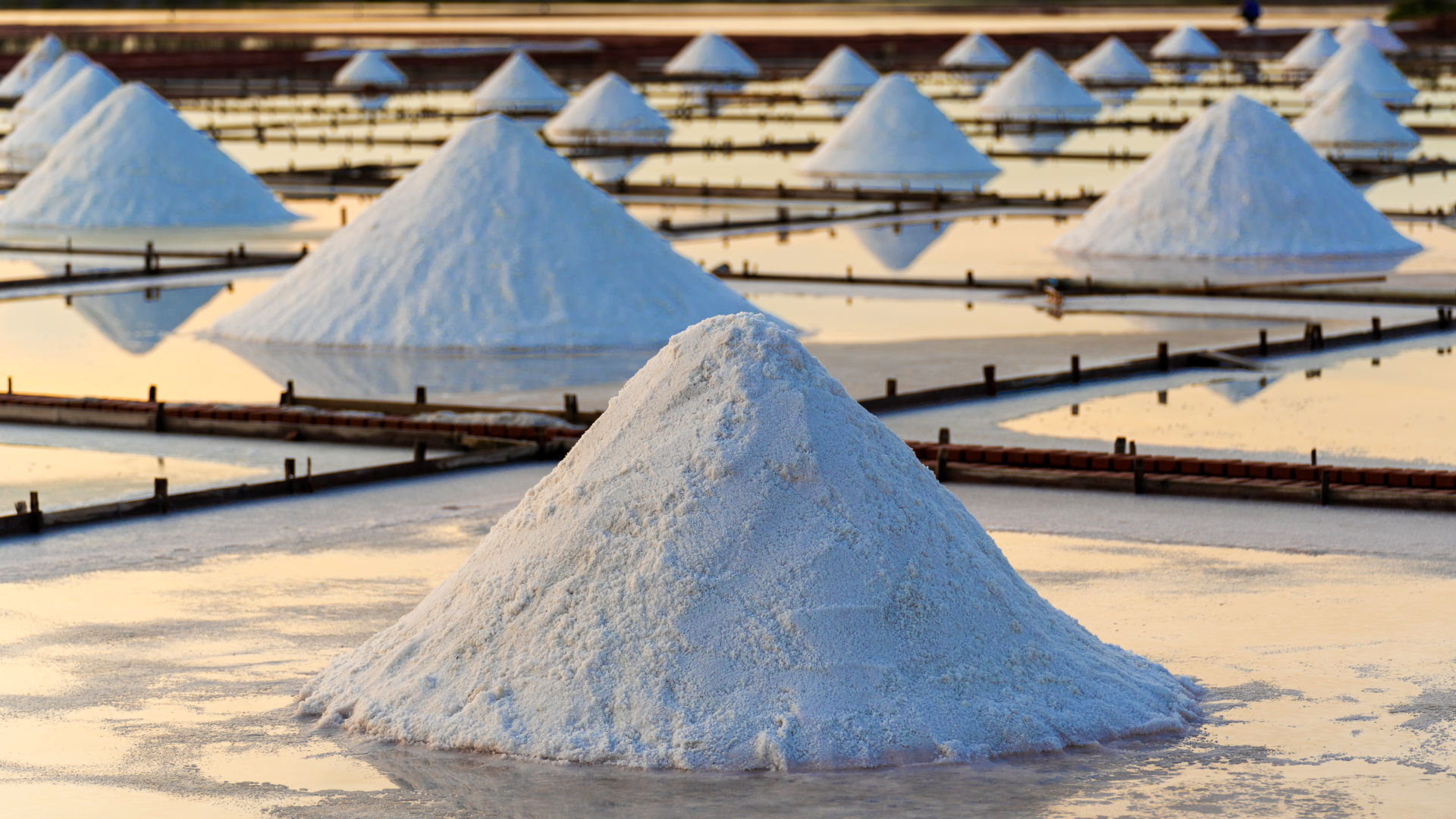Cost effective carbon capture is currently a bit of a myth. But could arguably Earth’s oldest preservative, salt, provide a solution to lock atmospheric carbon deep underground?
Carbon removal is now deemed essential to stay within all theoretical pathways of 1.5C warming, says the IPCC’s AR6 Synthesis Report.
Depending on how effectively we transition the most pollutant industries away from fossil fuels, we’ll need to actively sequester somewhere between 5 gigatons to 16 gigatons a year by the mid-century.
Proposed methods to do so range between weird, wonderful, and woefully useless. Some highlights covered by Thred in recent years include ocean cloud bleaching, scattering moon dust around the Earth’s atmosphere, and even creating carbon-filled shampoo from a hotel’s circular shower system.
Whether born from pure enthusiasm or the best quantitative science, the vast majority of carbon capture projects have one unfortunate commonality: they’re just too expensive. That’s not to say that all avenues can’t be low cost, however, and researchers have been buoyed by a recent milestone involving salt.
For some time scientists have been testing a process called agro-sequestration, in which carbon hungry crops of grass (like switchgrass and miscanthus) are used to draw emissions from the air over time before eventually being buried deep underground.
Avoiding expensive technology and maintenance, this method has long been explored as a potential game-changer, though a fatal flaw has prevented its promise from materialising.




















